Gallery

1 of 1
Expedient Sharps Rifle
Surplus Sharps carbines and rifles were sold cheaply after the American Civil War and were highly sought after by buffalo hunting companies, who would convert them to take metallic cartridges and fit them with longer barrels.
This example, featuring a ca. 1864 serial number, retains its original carbine buttstock with a filled-in section where the sling bar was once fitted. Even with the gunsmithing factored in, these expedient Sharps buffalo guns could be made cheaply and sold to an unwary buyer at a substantial markup.
This example, featuring a ca. 1864 serial number, retains its original carbine buttstock with a filled-in section where the sling bar was once fitted. Even with the gunsmithing factored in, these expedient Sharps buffalo guns could be made cheaply and sold to an unwary buyer at a substantial markup.
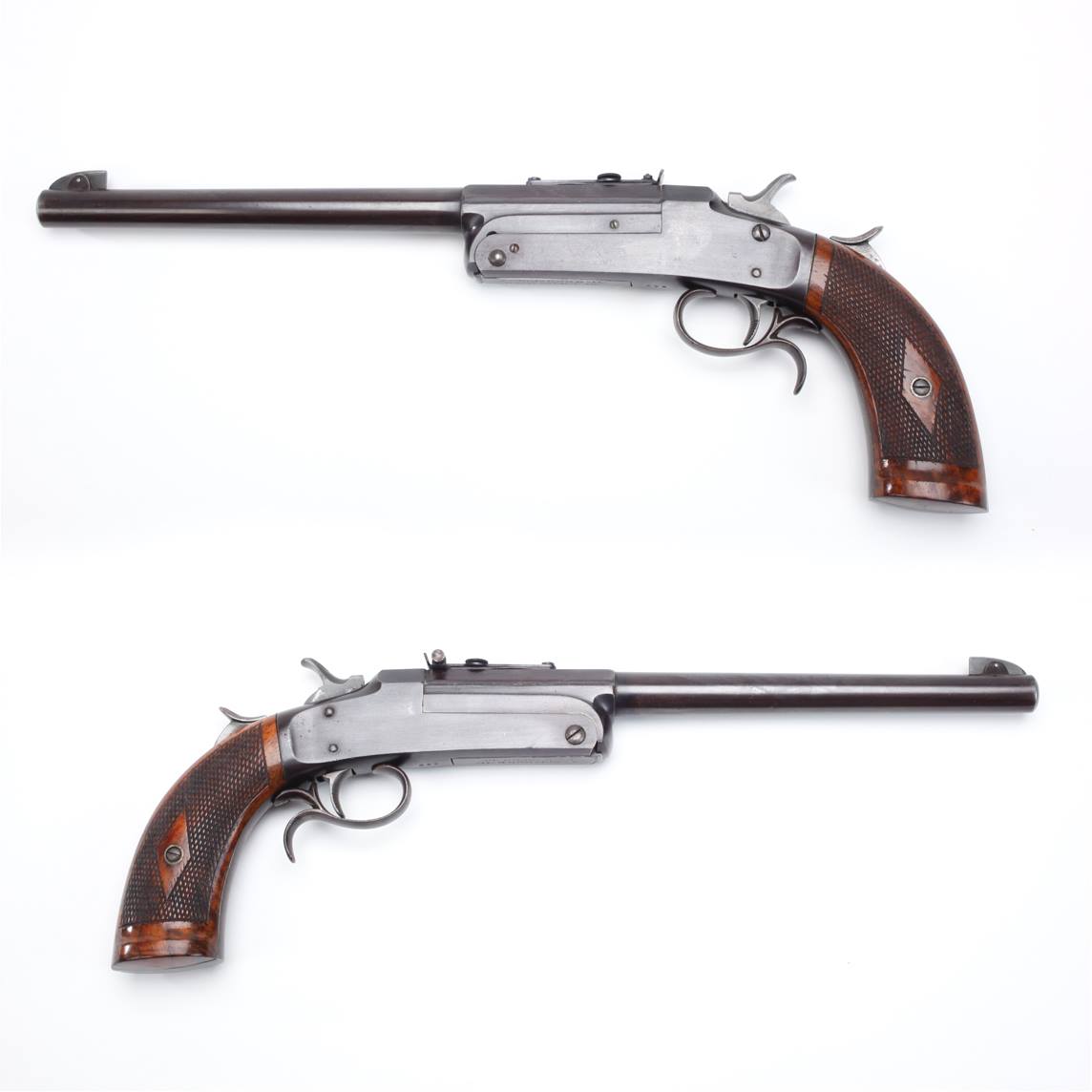
1 of 1
Wurfflein pistol
Not all turn of the century single-shot target pistols were made by Smith & Wesson or Stevens. A lesser-known Philaldelphia gunmaker by the name of William Wurfflein patented this handsome .44 caliber pistol in 1884.
Known for producing both percussion and metallic cartridge rifles and pistols in single-shot format from 1869 to about 1915, William was the last member of the Wurfflein gunmaking family of Philadelphia, Pennsylvania, that had started in the 1840s.
Known for producing both percussion and metallic cartridge rifles and pistols in single-shot format from 1869 to about 1915, William was the last member of the Wurfflein gunmaking family of Philadelphia, Pennsylvania, that had started in the 1840s.

1 of 1
WWII Fabrique Nationale Model 1935 Pistol
During the Second World War, German forces captured the FN factory in 1940, who forced it to manufacture the 9mm Pistole Modell 640(b).
Sometimes called the “Hi Power,” “Gran Puissance,” or just the HP pistol, this semi-automatic handgun went by several names and gained wide favor for its 13-round double-stack magazine. FN engineers that fled Belgium brought this design to Canada and even began producing it for the Allies. In postwar years, the pistol enjoyed service around the globe.
Sometimes called the “Hi Power,” “Gran Puissance,” or just the HP pistol, this semi-automatic handgun went by several names and gained wide favor for its 13-round double-stack magazine. FN engineers that fled Belgium brought this design to Canada and even began producing it for the Allies. In postwar years, the pistol enjoyed service around the globe.
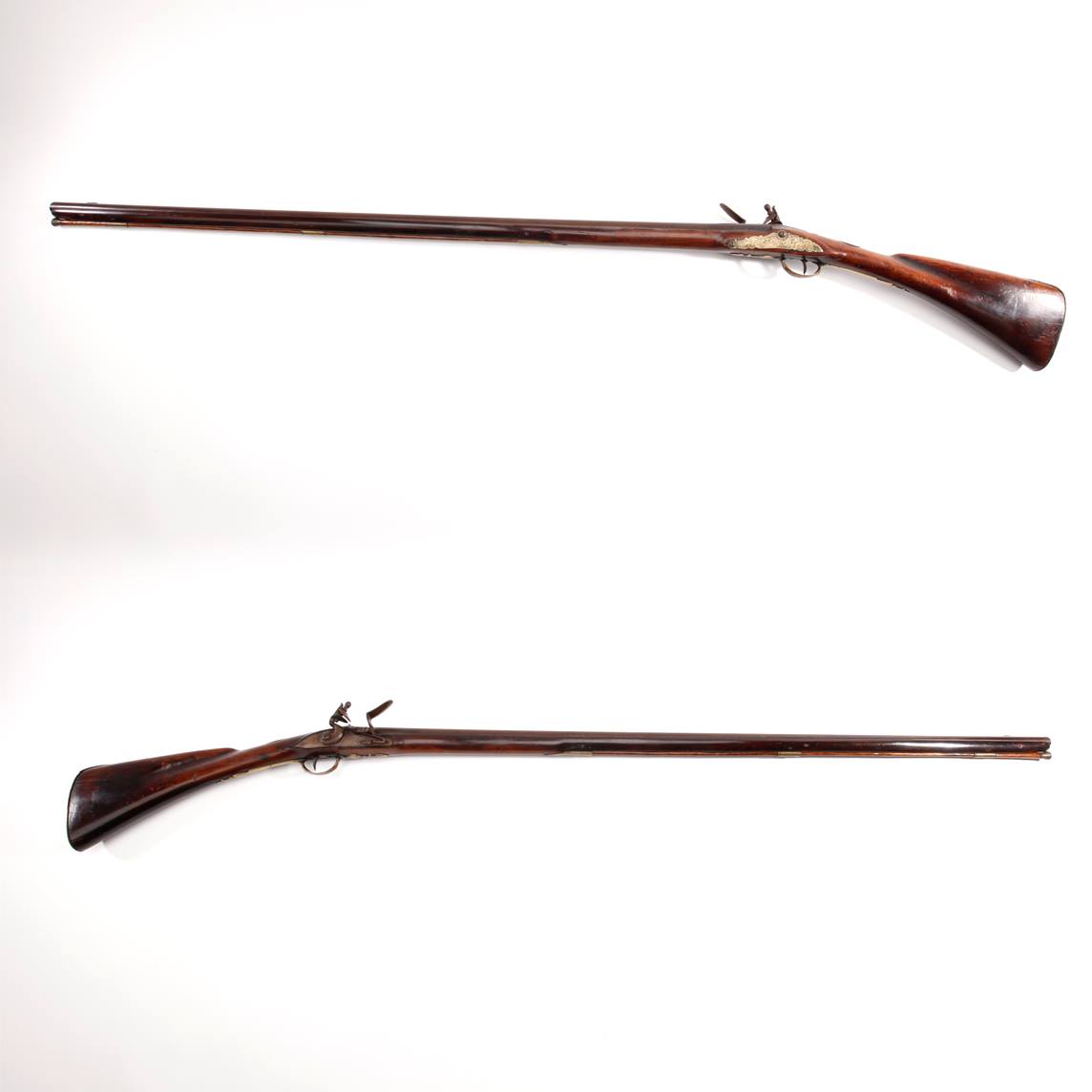
1 of 1
French Fusil
In the Revolutionary War era, army officers had the option of bearing a pair of pistols, a sword, or even this flintlock fusil. The fusil was considered a light musket and is often seen with any provision for sling attachment. For officers, the smoothbore fusil could also served sporting purposes as a convenient hunting gun between campaigns.
This .61 caliber French fusil has been in the National Firearms Museum for many years as part of the American Liberty Firearms Collection donated by Dr. William L. and Collette M. Roberts.
This .61 caliber French fusil has been in the National Firearms Museum for many years as part of the American Liberty Firearms Collection donated by Dr. William L. and Collette M. Roberts.
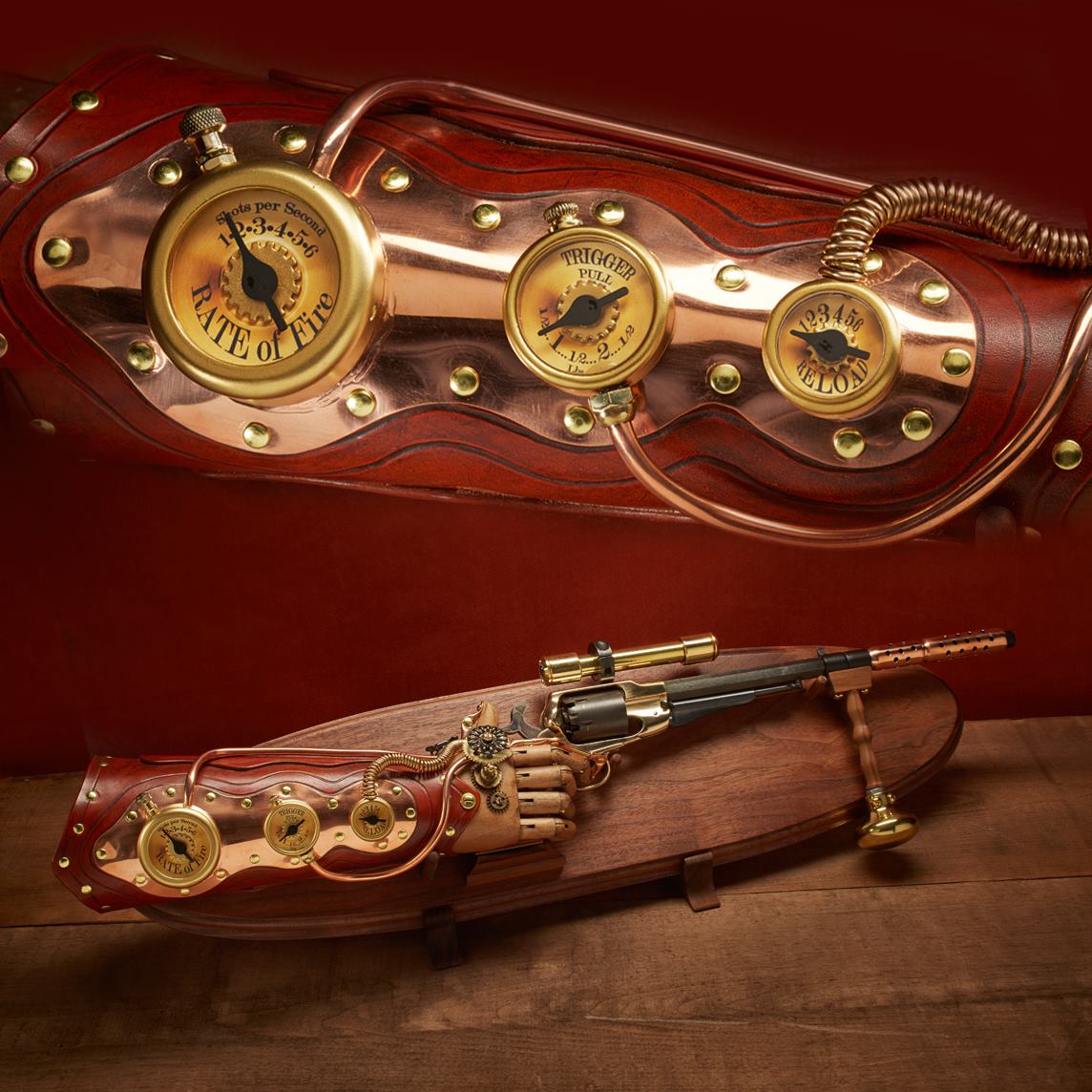
1 of 1
Steampunk Favorite
The “Steampunk Guns” exhibit opened to much fanfare at the NRA National Firearms Museum this past spring. Featuring unusual pieces of Victorian science fiction armament, the exhibit's favorite piece quickly became artist John Belli’s First Automatic Handgun – built using a percussion Remington replica .44 revolver, but with some unique “steam-powered” components.
Staff are regularly asked whether this item is actually powered by steam, and though it's just for display, the gauges are certainly convincing.
Staff are regularly asked whether this item is actually powered by steam, and though it's just for display, the gauges are certainly convincing.
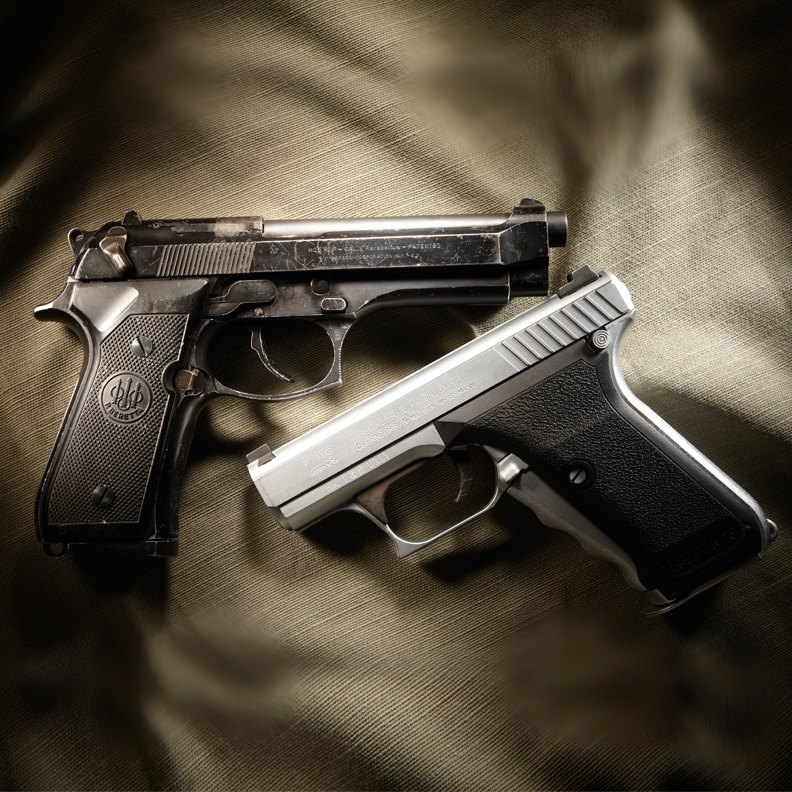
1 of 1
Beretta 92F & HK P7 M13
It would be terrible for us to miss the opportunity to tie Christmas and the NRA National Firearms Museum's “Hollywood Guns” exhibit together. So this “two-fer” features guns from the iconic 1988 film “Die Hard.”
On the left is the Beretta 92F used by Bruce Willis as John McClane, and on the right we have the HK P7 M13 used by Alan Rickman as Hans Gruber. Guns often get reused in many films, and the Beretta is no different. Mel Gibson also used it in “Lethal Weapon” as Sgt. Martin Riggs.
On the left is the Beretta 92F used by Bruce Willis as John McClane, and on the right we have the HK P7 M13 used by Alan Rickman as Hans Gruber. Guns often get reused in many films, and the Beretta is no different. Mel Gibson also used it in “Lethal Weapon” as Sgt. Martin Riggs.
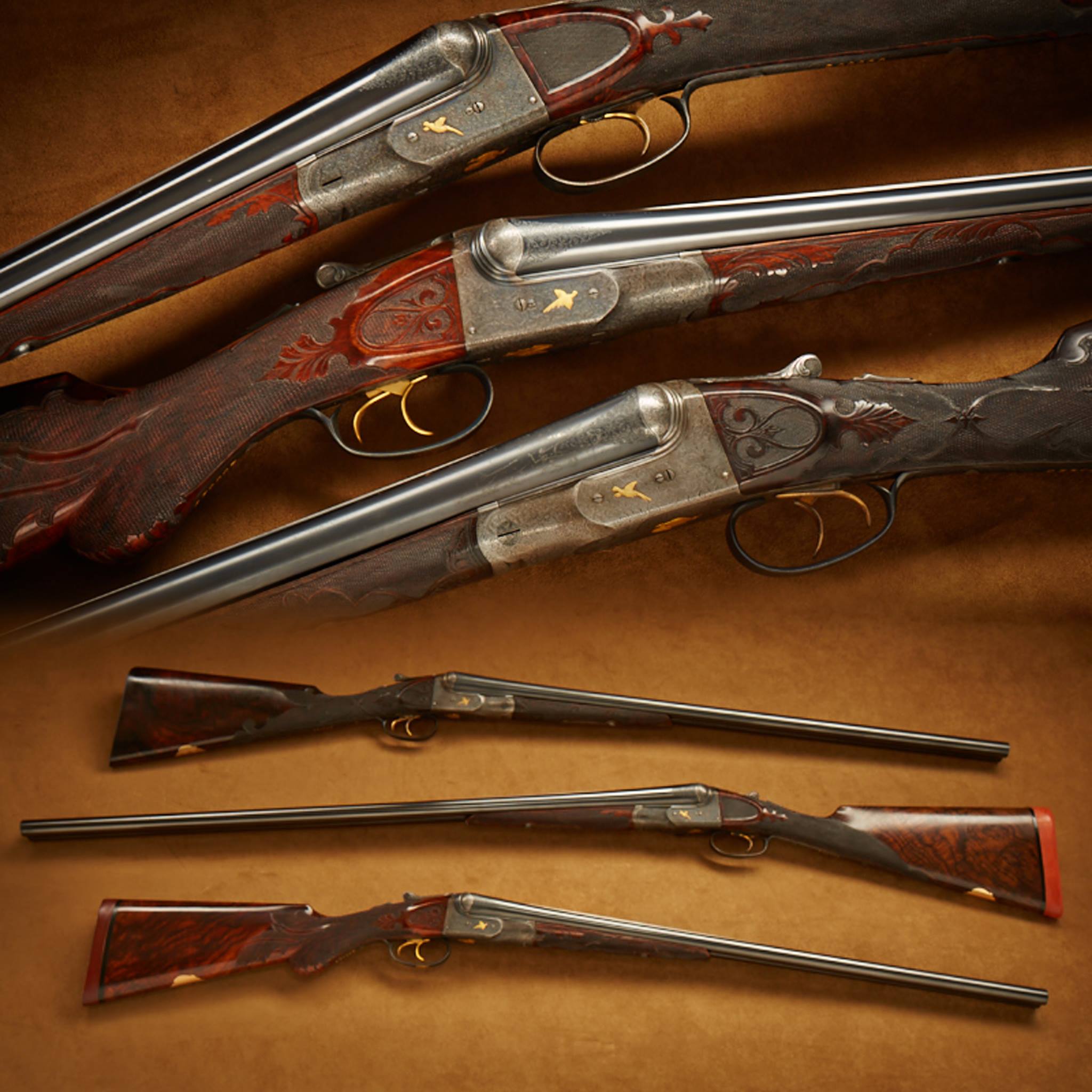
1 of 1
Parker Invincibles
In 1922, Parker decided to up the ante and create the finest shotgun money could buy. The result? A shotgun that retailed at $1,250 – more than $17,000 today. At the time it was more expensive than two brand new Ford Model T Coupes.
It should come as no surprise that demand was light for such an exquisite shotgun and only three were ever made – two in 12 gauge and one in 16 gauge. In their almost 100 year history, Robert E. Petersen was only the second person to own all three at the same time. Now that they are fully appreciated, they are the crown jewels of the NRA Museums collection and still remain some of the finest shotguns ever produced.
It should come as no surprise that demand was light for such an exquisite shotgun and only three were ever made – two in 12 gauge and one in 16 gauge. In their almost 100 year history, Robert E. Petersen was only the second person to own all three at the same time. Now that they are fully appreciated, they are the crown jewels of the NRA Museums collection and still remain some of the finest shotguns ever produced.
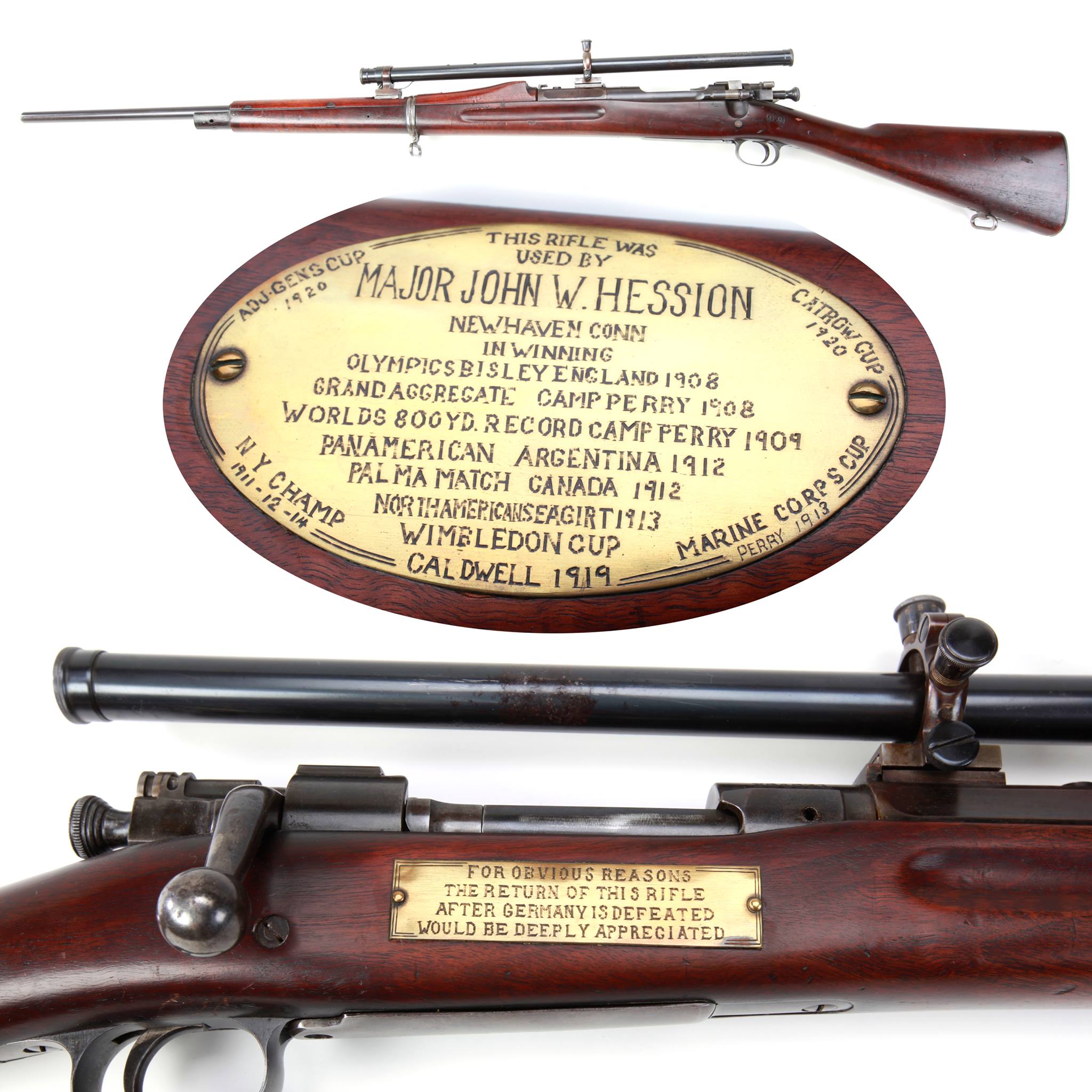
1 of 1
Hession Rifle
During the Second World War, British forces left many arms and supplies on the beaches of Dunkirk, France, during their hasty withdrawal in 1940. Afterwards, a call went out to Americans for donations to make up for the lost guns and ammo.
American John Hession was one of those who answered the call and donated his finest target rifle. But before nailing the shipping crate closed, Hession added two brass plates to the stock, noting the myriad championships his rifle had won and requesting his rifle be returned upon the defeat of Germany. And it was.
American John Hession was one of those who answered the call and donated his finest target rifle. But before nailing the shipping crate closed, Hession added two brass plates to the stock, noting the myriad championships his rifle had won and requesting his rifle be returned upon the defeat of Germany. And it was.

1 of 1
Colt Model 1839 Revolving Rifle
Sam Colt’s designs were not limited to handguns, but less than a thousand M1839 Colt carbines were ever produced, making this early Colt a collector prize.
This .525 caliber six-shot long gun was purchased by the US government and bears inspection markings c. 1845. It is likely that this specific rifle was issued for US Navy service and remained on the West coast, passing through many collections before it eventually came to the NRA National Firearms Museum.
This carbine was donated in 1993 by Dr. and Mrs. William L. Roberts of California as part of the American Liberty Firearms Collection.
This .525 caliber six-shot long gun was purchased by the US government and bears inspection markings c. 1845. It is likely that this specific rifle was issued for US Navy service and remained on the West coast, passing through many collections before it eventually came to the NRA National Firearms Museum.
This carbine was donated in 1993 by Dr. and Mrs. William L. Roberts of California as part of the American Liberty Firearms Collection.
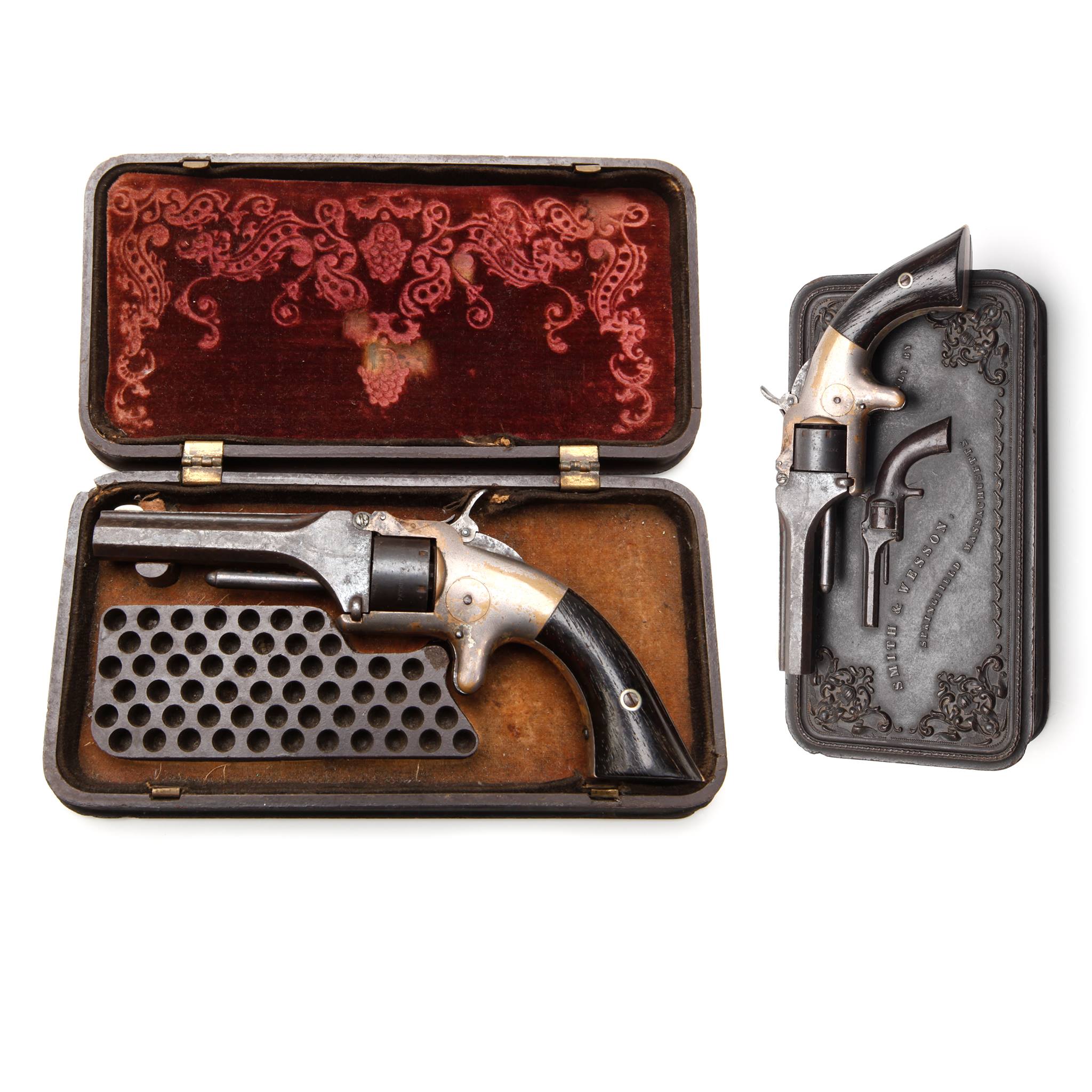
1 of 1
Cased Smith & Wesson No. 1
Few pre-American Civil War handgun cases still exist today, but this Smith & Wesson No. 1's gutta-percha casing is still here.
The Smith & Wesson No. 1 first-issue revolvers were the first metallic cartridge handguns from Smith & Wesson, featuring seven-shot cylinders chambered for a lightly-powered .22 short rimfire round. The very popular (but hard to find) .22 ammunition of today has been around since 1857 when this model revolver was first offered by Smith & Wesson.
The Smith & Wesson No. 1 first-issue revolvers were the first metallic cartridge handguns from Smith & Wesson, featuring seven-shot cylinders chambered for a lightly-powered .22 short rimfire round. The very popular (but hard to find) .22 ammunition of today has been around since 1857 when this model revolver was first offered by Smith & Wesson.

1 of 1
Remington Cutaways
These cutaways are two fascinating pieces of the Remington factory collection at the NRA National Sporting Arms Museum at Bass Pro Shops in Springfield, Missouri.
The top rifle is a pump-action Remington Model 14 in .30 Rem. and the bottom rifle is a semi-auto Remington Model Four in .270. The sectionalized aspects of these pieces once allowed factory gunsmiths to better understand internal mechanisms. Sometimes salesmen would utilize cutaways in pitches to illustrate special features to prospective buyers.
The top rifle is a pump-action Remington Model 14 in .30 Rem. and the bottom rifle is a semi-auto Remington Model Four in .270. The sectionalized aspects of these pieces once allowed factory gunsmiths to better understand internal mechanisms. Sometimes salesmen would utilize cutaways in pitches to illustrate special features to prospective buyers.

 More Like This From Around The NRA
More Like This From Around The NRA



